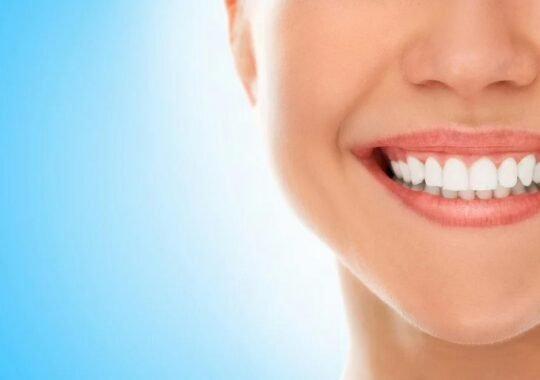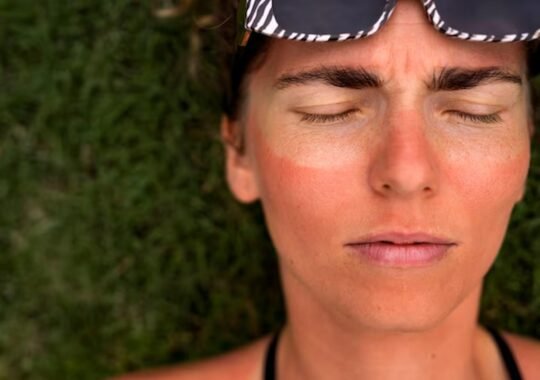Runner’s knee, or chondomalacia patella, can be caused by overuse, trauma to the knee, weak thigh muscles or even flat feet. The quadriceps and hamstring muscles are instrumental in bending and straightening the knee so understandably, treatment of the knee involves strengthening of these muscles through isometric exercises. A sport’s physiotherapist will establish that the condition is runner’s knee and not some other ailment like Hoffa’s Fat Pad knee pain. Hoffa’s syndrome can be treated with hot and cold therapy and laser therapy. Treatment of runner’s knee also entails massage of the quadriceps muscle and some pain relief to reduce inflammation. Performing stretching exercises before commencing a sporting activity can reduce the likelihood of developing runner’s knee injury.
Sports first aid for shin splints
Running or jumping particularly on hard surfaces or overuse can result in shin splints, or tibial stress syndrome. Shin splints are pains in the muscles behind the shin bone. These muscles are instrumental in raising the foot arch which is why part of the treatment of this syndrome involves the use of arch supports.
Putting ice on the shin and taking oral anti-inflammatories alongside physical therapy will help the healing process with this injury. Sports supports in the form of support sleeves will speed up healing time. Most athletes recover with this treatment but if the injury is more serious, the runner may need an orthotic support to aid correct pronation. To avoid shin splints, athletes are advised to wear shoes with sufficient support and to run on softer surfaces, such as grass.




